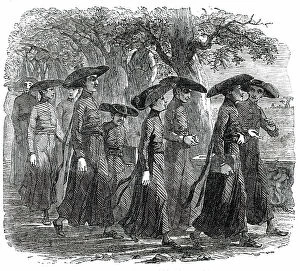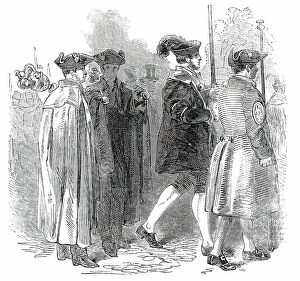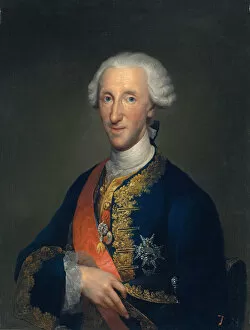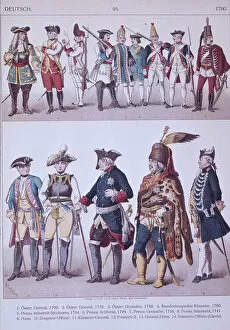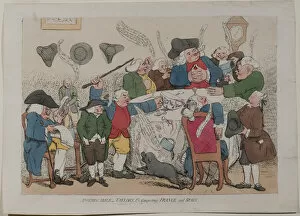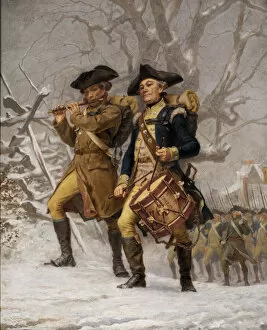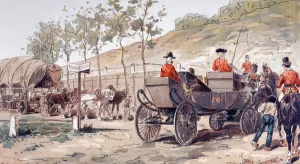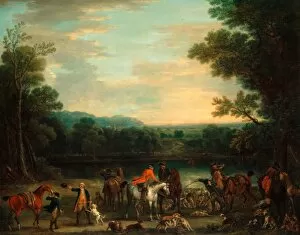Tricornes Collection
Tricornes, the iconic three-cornered hats, have a rich history that spans centuries and continents
All Professionally Made to Order for Quick Shipping
Tricornes, the iconic three-cornered hats, have a rich history that spans centuries and continents. From military leaders to aristocrats, these stylish headpieces have adorned the heads of influential figures throughout time. In John Burgoyne's portrait after 1758, we see the tricorne atop his head as he stands tall and confident. The hat exudes authority and power, reflecting his status as a British general during the American Revolutionary War. Similarly, in the portrait of Don Luis de Borbon in 1769, the tricorne adds an air of elegance to his regal appearance. As an Infante of Spain, he embodies nobility and sophistication with this fashionable accessory. Moving forward to 1876, Il Marchesino wears a tricorne while strolling through Versailles. This depiction showcases how fashion evolved over time but retained its timeless appeal. The hat remains a symbol of class and refinement even in more modern settings. However, not all representations are serious or dignified. In a caricature from 1809 titled "Young Soldier, " we see humor infused into military attire with an exaggerated tricorne perched on top of an unsuspecting soldier's head. It serves as both comical relief and commentary on societal expectations surrounding uniforms. The Prussian Grenadiers depicted in a color lithograph transport us back to Frederick the Great's era when they were standard military wear for many European armies. These soldiers don their hats proudly as they march into battle—a testament to their bravery and loyalty. Beyond war-related contexts, it also found their place in everyday life scenes like "Patriotism" or "Quaker meeting. " These illustrations show that regardless of one's beliefs or affiliations—whether it be patriotism or pacifism—the hat was versatile enough to be worn by people from various walks of life.




